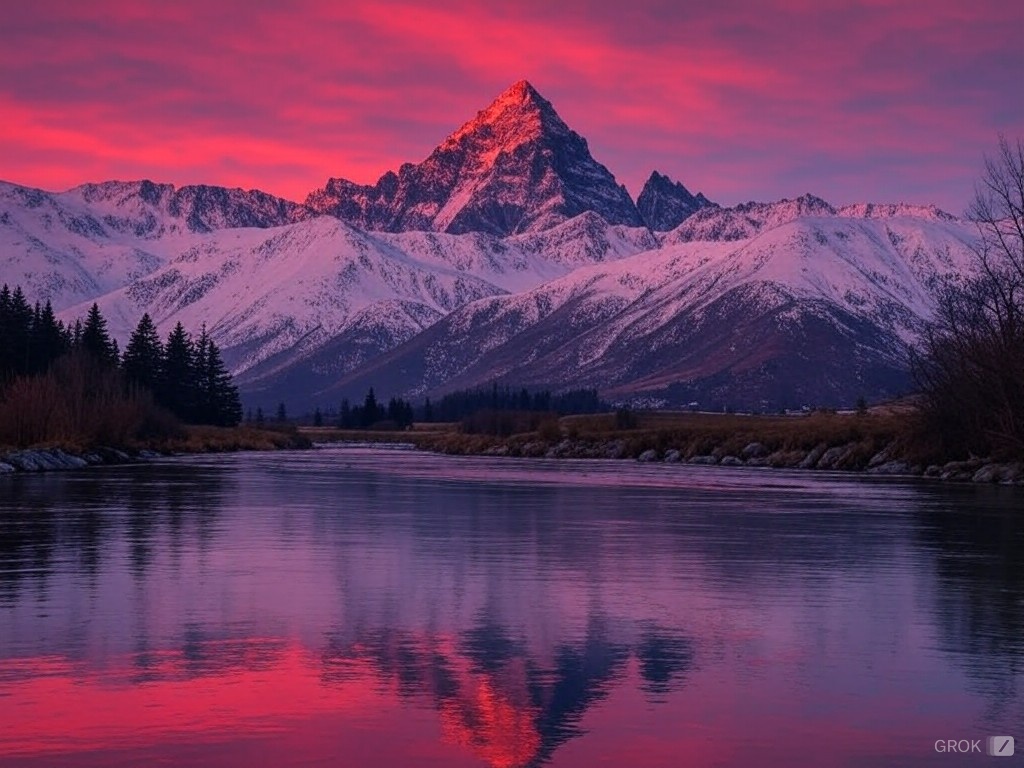Oh, Unity! If you’re dabbling in the realm of game development, surely Unity rings more than a few bells. It’s like the Swiss army knife of game development tools — versatile, robust, and it just gets the job done. But today, let’s chat specifically about one of the jewels in Unity’s crown: Level Design.
I’ve gotta say, Unity level design is both an art and a science. Imagine you’re piecing together a puzzle, but you also get to create the pieces — that’s kind of what it feels like. You’re crafting these immersive worlds from scratch where players can lose themselves for hours, hopefully! The thrill of seeing someone enjoy a level you designed? Priceless.
Contents
The Intricacies of Unity’s Interface
Working with Unity’s interface in the beginning was a bit, well, overwhelming. There’s a whole bunch of tools and panels and settings that can make your head spin. But once you get the hang of it, it’s like speaking a new language fluently. You start to know which tool to grab for what job without even thinking twice. Do you ever remember trying to find the light switch in a dark room? That’s how it feels at first with Unity — fumbling around a bit. But soon, it feels like the back of your hand.
Now, the terrain editor within Unity is a beast. It allows you to mold and shape the landscape like some sort of digital god. Raising hills here, carving rivers there, scattering forests in another spot. Sometimes I just get lost in tweaking the little details of the terrain. Maybe it’s a bit like gardening, except no actual dirt under your nails.
Adding Life with Assets
Assets are the lifeblood of any Unity level. Whether you’re importing them from a digital store or crafting them yourself, they’re vital. I remember the first time I imported a tree asset into my level and placed it around. I stepped back (metaphorically in the digital space, of course) and I was like — wow, this is looking like a real place now!
The key, though, is not to get too carried away. It’s easy to go wild and clutter the world with too many assets. I’ve seen some levels that look like someone exploded a furniture store — everything everywhere. A level must be navigable and maintain focus. It’s all about balance, which can be tricky but super essential. Like cooking, maybe? Nobody likes their dish too salty.
Lighting: Setting the Mood
Lighting in Unity can literally make or break the look of your level. It’s what sets the mood. Think of it as cinematography — it tells the player how to feel about a place before they even interact with it. Too bright? The level feels stark, too dim, and it’s creepy. I’ve spent days, okay maybe hours, which felt like days, adjusting light levels to find that sweet spot that says just what I want it to say.
What’s Next?
Is Unity Level Design easy? Not exactly. It’s complex, challenging, but oh-so rewarding. You see, creating worlds is not something to be taken lightly. It’s sort of like crafting a miniature universe where people can play God for a bit. And while it’s not always a walk in the park, the satisfaction of building something from mere thoughts — something that others can explore and enjoy — is wildly fulfilling.
If you’ve ever fancied diving into Unity level design but didn’t know where to start, or if you’re looking to sharpen your skills, don’t hesitate to reach out. Sometimes a little nudge or a bit of guidance is all you need to start creating something amazing. You can toss me an email at [email protected]. Whether it’s a question, a project, or just about getting started, I’m here to help bring those gaming worlds to life!
